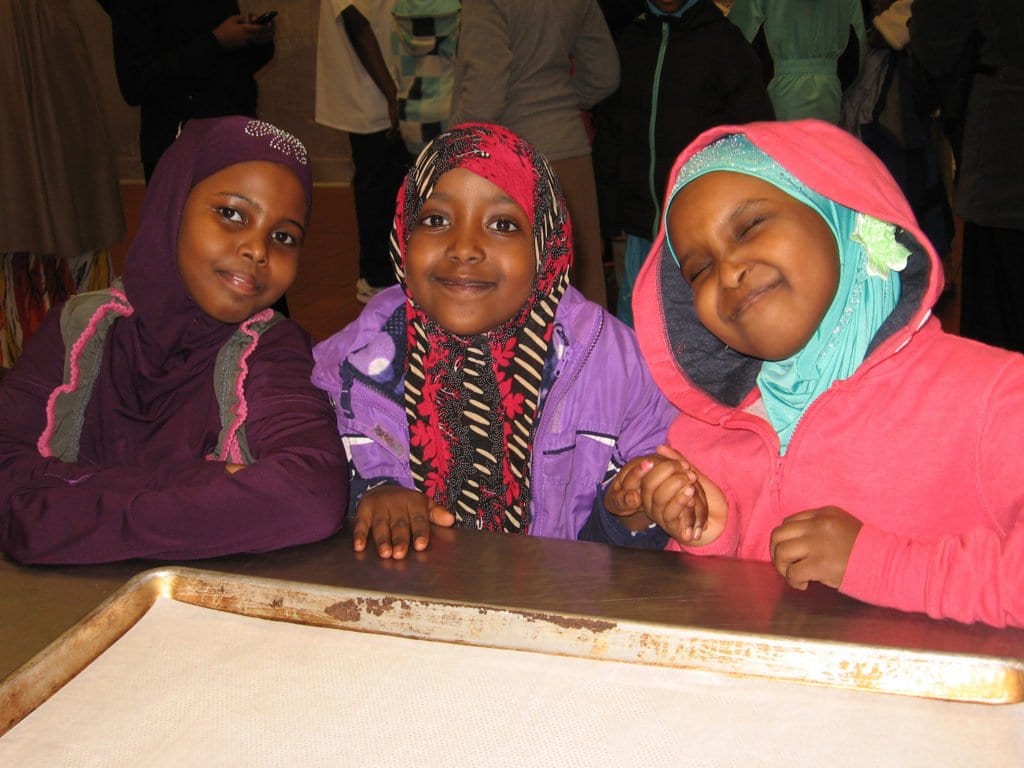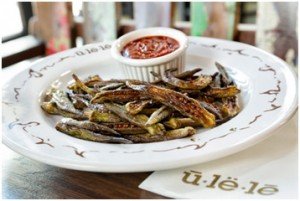
I had the pleasure of being Winston Foodservice’s school nutrition guru, so I got to travel the U.S. and see and talk to many school nutrition departments. Many are similar in structure, but the real personality of each district is a reflection of the people who serve, and are served by it. It makes me proud to see Winston equipment in so many kitchens. I am fond of seeing the pride in the teams who love what they do. The real head turner for me has been the kids who love the tasty, healthy food that is being served now!
School Menus Reflect the School Community
What makes this story uniquely American is how we adopt foods that lean toward the ethnicities of the folks who have emigrated here. This is happening in schools across the country, and most kids love the variety. And of course for some it is a…learning experience!
The School Nutrition Association has noted a growing prevalence of ethnic food choices in school cafeterias, with schools offering Mexican and Asian dishes, and many experimenting with Middle Eastern, Greek, Kosher/Halal, and Indian foods.
Students in Miami-Dade County Public Schools have been invited to choose from teriyaki chicken with lo mein noodles, curry chicken salad, black beans and rice bowls, and Cuban-style roast pork. The district offers a wide range of Hispanic dishes throughout the year, including arroz con pollo and picadillo with rice and plantains.
A Growing Somali Community
School nutrition future leaders met for the National Leadership Conference in Minneapolis. This part of the story of Somalis coming to Minneapolis-St. Paul is a story of freedom. Somalis first immigrated to the Twin Cities as voluntary migrants in the 1980s and earlier. They journeyed to attend school or to establish businesses, including many professions. Other Somalis arrived in the United States after the start of the civil war in Somalia during the early 1990s, or from other parts of Greater Somalia. Many of the newer arrivals moved to Minnesota through voluntary agencies (VOLAGS), who helped them settle in. Somalis that had arrived earlier also assisted the more recent immigrants.
So of course Somali food from home had a profound effect on the Twin Cities. And made its way on to school lunch menus in both school districts.
How About Some Chicken Suqqar?
Chicken suqqar is basically meat and veggies, Somali style. It was such a big hit at St. Paul School District’s Somali Parent Advisory Council meeting that they released the recipe! I thought you might like to try it! Like any cook, I took a few liberties, such as using brown basmati rice under the mixture. Instead of chicken base, I used boxed broth and reduced it with chicken breast. Then I removed and diced the chicken, added it back in, and then followed the original directions. And instead of canned carrots, I chose to use fresh. You can do it anyway you like because this dish very versatile.
By the way, the school nutrition department where your kids go to school would be more than happy to have you as a guest to try the food being served. Just go to the district website and click on the Food and Nutrition Department. My experience has been that they want you to share their sense of pride in the local delicious diversity that they serve as a part of your community.


